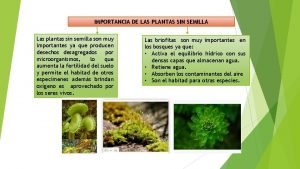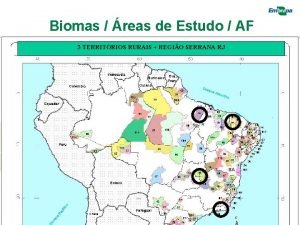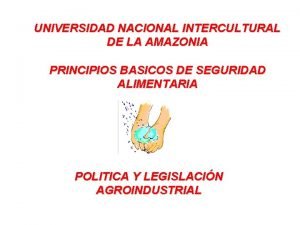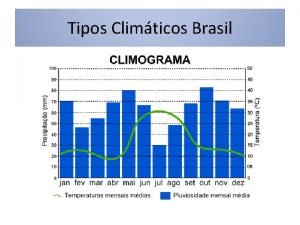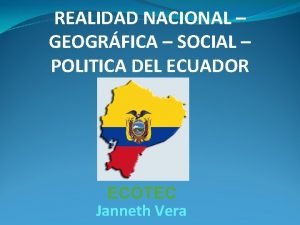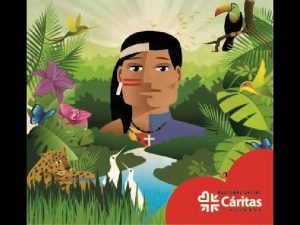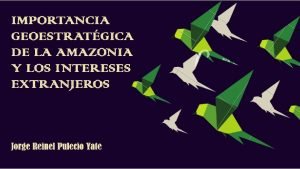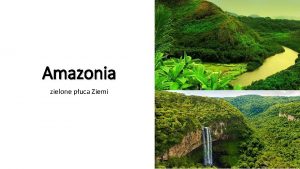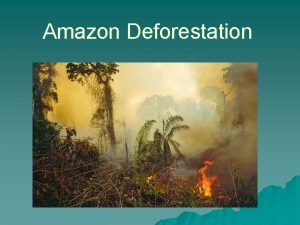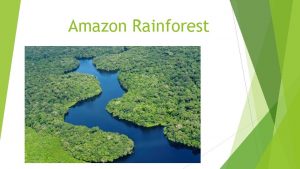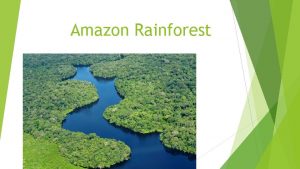Amazonia VillagesChiefdoms Wilsons Chapter 6 The Yanomam Amazon







- Slides: 7

Amazonia Villages/Chiefdoms Wilson’s Chapter 6 The Yanomamö

Amazon Basin • Homogeneity of the Amazon Basin – High average temperatures – Poor soils – rainforest • Productivity differences – Terra firme – Várzea – Social Ecology theories (Sociobiology)

Yanomamö • Researchers: – Napoleon Chagnon (1964) – William Smole (1976) – Brian Ferguson (1995) – Judith Shapiro (1972) – Kenneth Good (1991) • Controversy – Are Yanomami Violence and Warfare Natural Human Efforts to Maximize Reproductive Fitness?

Chagnon’s Yanomamö • Physical Environment – 117, 500 km 2 Orinoco highlands (southeastern Venezuela & northcentral Brazil) • Mode of Production – 80 -90% horticulturalism (plantains, avocados, papayas, chili peppers, tobacco, and 3 types of tubers) – Protein food, hunting and fishing • Settlement Pattern – Warfare as institution – Shabono- family dwellings • Criteria for its location

Yanomamö • Mode of Reproduction – – 200 -250 villages 10 -20, 000 people Female infanticide & sex ratios Warfare as balance agent • Domestic Economy – Women’s duties – Men’s duties • Social Organization – – 2+ affinally related lineage groups Cross cousin marriages, bride service Internecine war (among kin) Domestic violence & protection from her family

Yanomamö • Political Economy – – “fights over women” Importance of trade Distrust and uncertainty Violence and killing • Levels of violence – Nomohori (dastradkt trick) • Ritual and Leadership – Headman who regulates violence – Shamans use the hekura darts (enemies and the sick) – Use of ebene for shamanistic initiation • Ideology – Four-layer cosmos and four-part soul – Myth of waiteri “Moon’s blood” – Children are vulnerable to malevolent shamans

Other Amazon Indigenous Groups • • Shuar-Jívaro Mundurucú Desana Conclusion All pictures on this presentation were taken from www. google. com & other websites

